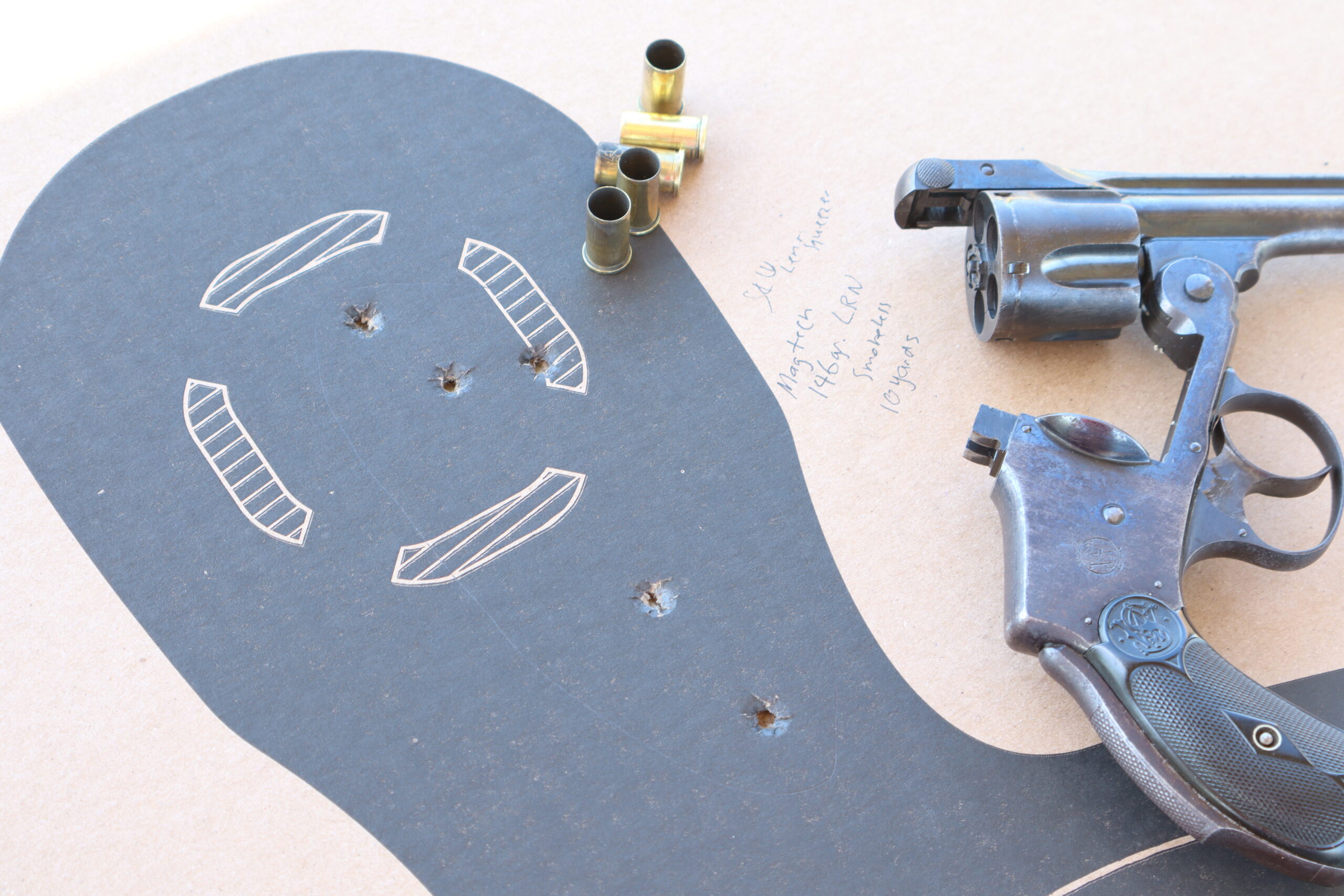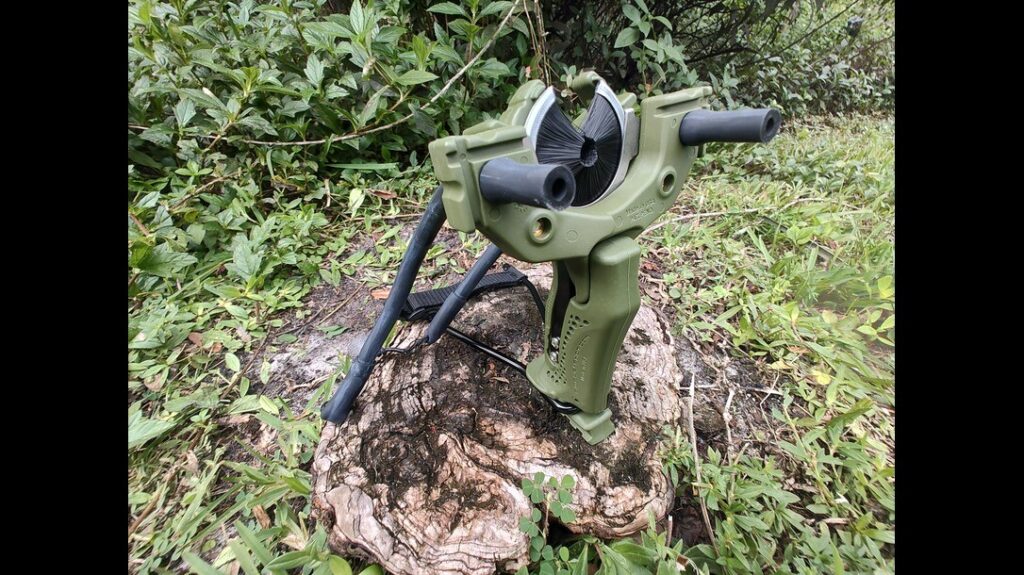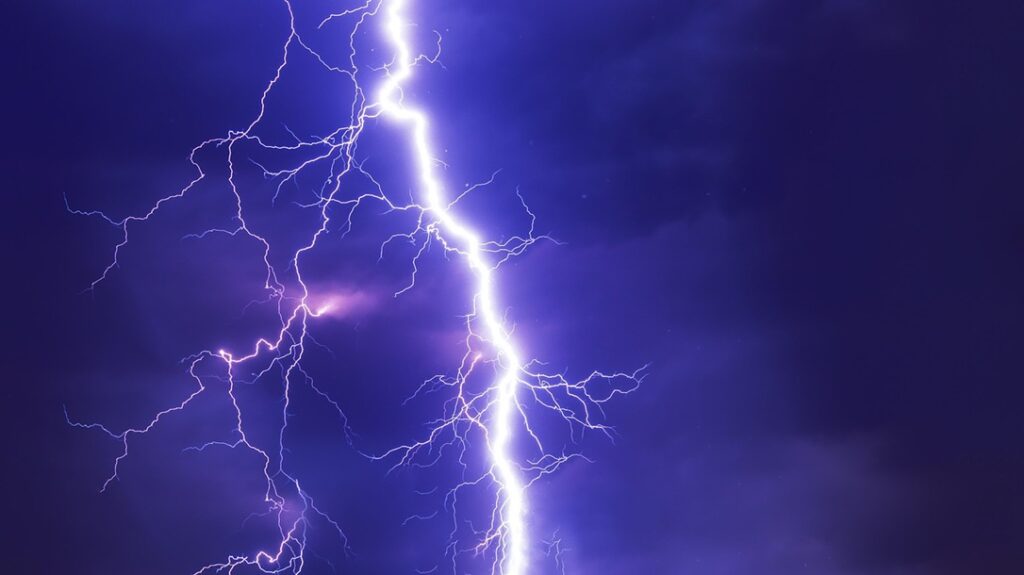The most popular revolver cartridge has long been the .38 Special. That is with good reason. The .38 Special has enjoyed decades of popularity in law enforcement and military circles that have long translated over to the shooting public. It’s a good balance of power and accuracy, which still makes it a compelling choice for personal defense.
When someone calls out a .38 pistol or .38 revolver, chances are it is one in .38 Special, but not always. There are several different .38 caliber cartridges that have been used in revolvers. The most popular of these, outside the .38 Special, is the .38 Smith & Wesson cartridge. Here is the history and utility of the .38 S&W.
The .38 Smith & Wesson
Origins of the .38 S&W
Medium caliber revolvers in .36 or .38 caliber were considered large enough to fight with but lighter to carry than existing .44 and .45 caliber handguns. In the cartridge era, rounds like the .38 Short and Long Colt in revolvers like the Colt Model 1877 fit that bill. But even revolvers like these did not sell quite as well as pocket guns.
Advertisement — Continue Reading Below
The problem with these smaller guns is correspondingly smaller rounds with diminished power. .22 Short, .32 rimfire, and even the stubby .41 rimfire cartridge were popular chamberings, but none packed much of a punch. Smith & Wesson sought to change that by pairing its new No. 2 Single Action pocket revolver with the new .38 S&W in 1878.

The .38 S&W started life as a black powder cartridge. It held ten grains of powder and a 145-grain lead round-nosed bullet. Muzzle velocity averages just under 700 feet per second.
Advertisement — Continue Reading Below
It did not have the power of rounds like the .45 Colt, but it was only a slight step down from .38 Colt and a far superior round compared to other pocket pistol cartridges of its time. It also used a modern inside-lubricated bullet instead of a debris-prone heeled bullet like those used on .22 LR and .38 Colt.
The Rise and Fall of the .38 S&W
Because of its fair ballistics, the .38 S&W enjoyed popular success for decades in the concealed carry handgun market. Smith & Wesson, the creator of the round, propped it up with popular offerings like the Smith & Wesson New Departure break-top revolver. Otherwise known as the S&W Lemon Squeezer, this model was offered from 1887 to 1940 and was offered in .38 S&W.
The New Departure inspired cheaper imitators. Hopkins & Allen, Harrington & Richardson, and Iver Johnson are three of the best-known companies that marketed small break-action clones—all of which came in .38 S&W.
Advertisement — Continue Reading Below
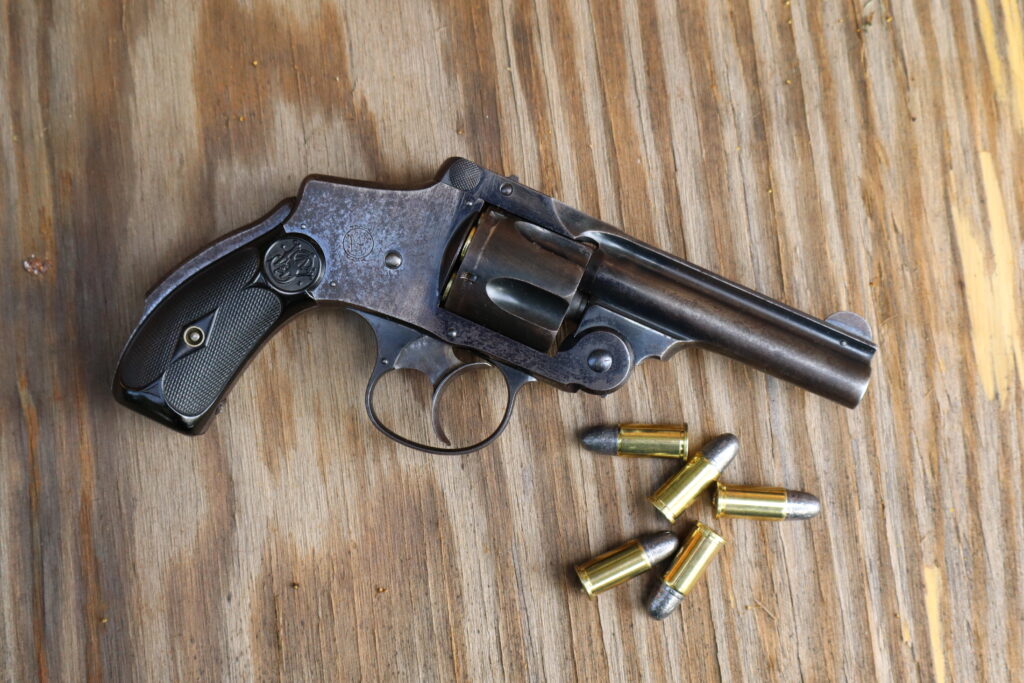
At the dawn of the swing-out cylinder revolver in the 1890s, Colt offered revolvers chambered in the cartridge. Among the first was the Colt Police Positive, which debuted in 1905 and became the archetypical early 20th-century police sidearm. To avoid giving their rival any publicity, Colt called the cartridge the .38 Colt New Police.
The only material difference between .38 S&W and .38 Colt New Police is Colt’s use of a flat-point instead of a round-nosed bullet. On its introduction in 1927, batches of Colt Detective Special snub-nosed revolvers were produced in .38 Colt New Police. Smith & Wesson followed with the Terrier revolver in 1936, which was built on the tiny five-shot I-frame that later became the J-frame.
Advertisement — Continue Reading Below
.38 Special Challenges the .38 S&W
But by the time of these first snub-nosed revolvers, the popularity of the .38 S&W had waned in favor of the more powerful .38 Special cartridge, which took advantage of the strength of solid-framed swing-out cylinder revolvers.
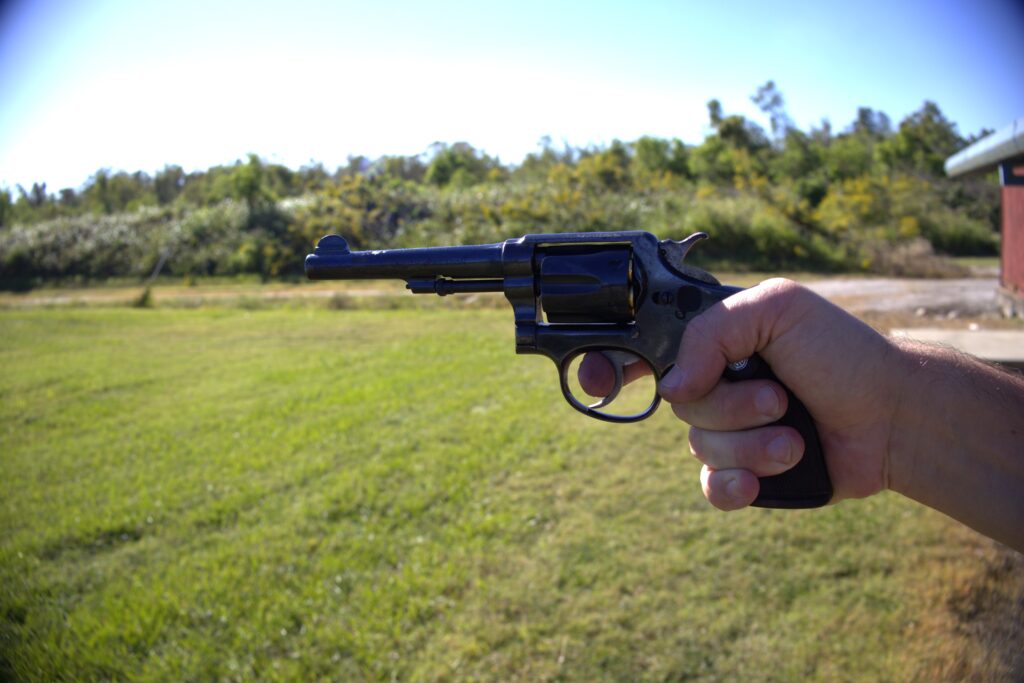
The .38 S&W Special was introduced in 1898 for Smith & Wesson’s new medium frame M&P revolver. The cartridge was an immediate hit, particularly among law enforcement, where the .32 S&W Long and the .38 S&W dominated. Existing designs could be retrofitted with a longer cylinder to fire the more powerful round. The Colt Police Positive Special was just such a gun.
Advertisement — Continue Reading Below
The Smith & Wesson Terrier got a similar treatment in 1950 when the I-frame was beefed up and given an elongated cylinder to become the Chief’s Special in .38 Special. The Terrier, now the Model 33, would continue on into the 1970s, but the .38 S&W’s popularity, which had ebbed through the 1920s, effectively came to an end when Smith & Wesson and Iver Johnson quit producing their top-break revolvers shortly before World War II.
.38-200: The Unnecessary Sequel
Just as Sean Connery was fading into memory as James Bond, he reprised the role in geriatric fashion in 1983’s Never Say Never Again. The remake was uninspiring and unnecessary, but some fans insist on it as canon.
Similarly, the .38 S&W was functionally obsolete when the British Army adopted the Enfield No. 2 revolver in 1932. With it came a new, dressed-up version of the .38 S&W cartridge, now with a heavier 200-grain bullet. Not only is the .38-200 canon, but it also enjoyed surprising longevity.
Advertisement — Continue Reading Below
The British adopted the .38-200 as a cartridge that would mimic the ballistics of the famous .455 Webley revolver but in a lighter, less recoiling package. The 200-grain bullet, borrowed from a Colt police loading for the .38 S&W, left the muzzle slowly and was intended to tumble on impact for greater stopping power.
For its part, the existing .38 S&W cartridge, known as .380, was popular in England, and its short case length made it ideal for break-top revolvers, which the British preferred.
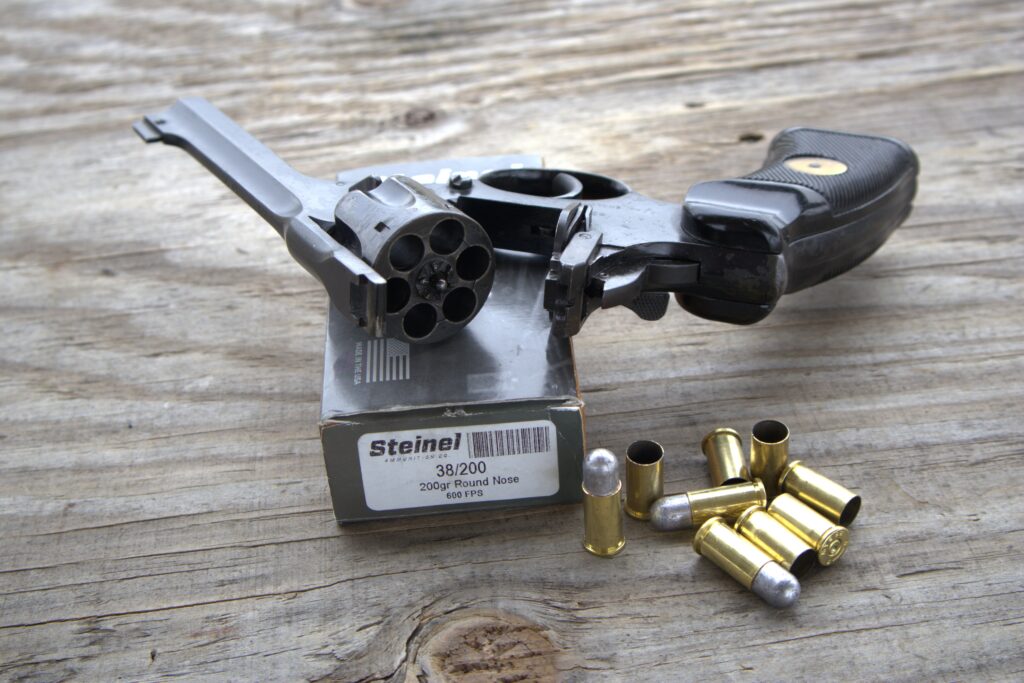
Advertisement — Continue Reading Below
.38-200 Ballistics
The decent, slow but heavy ballistics of the .38-200 were nipped shortly before World War II with the introduction of a 174-grain FMJ bullet over concerns of violating the Hague Accords. This less-than-optimal round was Britain’s standard pistol round during World War II, the Korean War, and the Malay Emergency.
Britain and her Commonwealth fielded the Enfield No. 2 and Webley Mk. IV revolvers, but there were never enough to meet demand. Colt and Smith & Wesson were contracted to produce their Official Police and M&P revolvers in .38-200. Close to 600,000 of these Smith & Wesson M&Ps, otherwise known as the Victory Model, were supplied to the British Empire. Less than 50,000 Colts were produced.
Britain phased out its revolvers in 1963, but the .38-200 cartridge remained a popular police cartridge in the far reaches of its former Empire. Webley continued to make the Mk. IV until 1994, with the post-war batches taken up by Israel, India, and even Hong Kong.
Advertisement — Continue Reading Below
Until production ended in 1988, Ruger produced runs of its Speed Six revolvers in .38 S&W specifically for Indian sales. A humble little pocket pistol cartridge introduced well before the turn of the century continued on until the turn of this century.
.38 S&W FAQs
Black Powder or Smokeless Powder?
The .38 S&W may have started life as a black powder cartridge, but it made the jump to smokeless powder like the .38 Special did at the turn of the 20th century. But with the vast number of guns produced during the black powder era, as well as cheap copies of solid guns, ammunition manufacturers tend to load the .38 S&W lightly for the sake of liability.
Whether it is safe to use smokeless powder is dependent on the firearm and the time it was made. Solid frame revolvers like the Smith & Wesson Victory Model are perfectly safe and proofed with smokeless ammo. Some old top-break revolvers are suspect.
For example, the first two iterations of the Smith & Wesson New Departure made up through 1909 are black powder guns, but the last two model types are smokeless-rated. Iver Johnson went to smokeless in 1909. Interestingly, H&R beat them both in 1905. These old guns should also be checked for mechanical soundness before attempting to fire them.
You might also ask if it’s safe to fire downloaded .38 S&W in a black powder gun? The short answer is no. Some shooters, including myself, have gotten away with it. But that does not make it a good idea. Even when downloaded to below black powder pressures, smokeless powder pressures peak for longer than black powder. That will induce more wear over time and compel something catastrophic if the handgun is not sound.
What Ammunitions are Available?
Most manufacturers stock a loading for .38 S&W. As a rule, these feature a 145- or 146-grain lead or full metal jacket bullet. Due to being loaded lightly, muzzle velocity is a sedate 600 feet per second tops. Recoil is minimal, and the report is a pop rather than a bang.
Buffalo Arms offers runs of black powder 150-grain loads that are stouter and can reach 700 feet per second for a modest 163 foot pounds of energy—not unlike modern .380 ACP but with a heavier bullet. Steinel is the only company to produce the .38-200 with a 200-grain bullet. These are safe in the older top-break guns, but run hotter than normal .38 S&W out of the longer barrel of a service revolver.
Buffalo Bore also offers a 125-grain hard cast defensive load rated only for the Webley, Enfield, and other swing-out cylinder revolvers. This load is the stoutest of all three, with a velocity of just shy of 1,000 feet per second. But none of these rounds are prohibitive to shoot.
What Bullet Size Do I Use?
Accuracy comes down to the shooter, but also to bullet sizing. The .38 S&W is an unusually accurate round thanks to its sedate ballistics. But what you can get out of a short-barreled Iver Johnson will vary from what you can get out of a British Webley.
Bullet sizing is more consequential. The .38 S&W is shorter than .38 Special, and it uses a .361-inch diameter bullet, rather than the .357-.358 inch round used in .38 Special and .357 Magnum revolvers. This makes it challenging to reload for, as .357 inch bullet molds are plentiful, whereas .360-61 molds are rarely produced by Lyman and Saeco. Some shooters have taken to powder coating .357 rounds or using hollow-based bullets for best accuracy from the reloading bench.
.38 S&W in Your .38 Special?
On the face of it, the shorter, fatter .38 S&W should not be able to fit in a .38 Special revolver. But the difference in bullet diameter and case width is so minutely bigger, the .38 S&W can fit in some .38 Special revolvers, depending on the tolerances of the revolver’s chambers.
